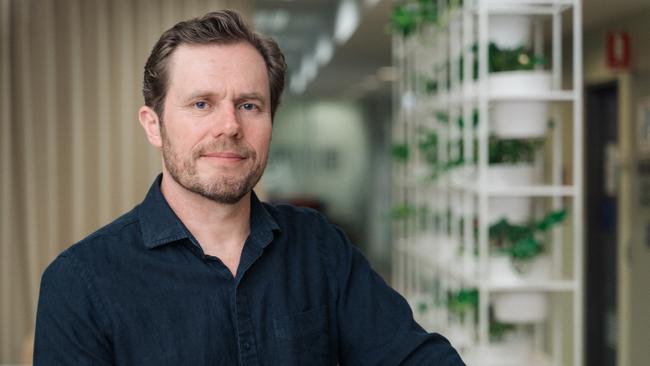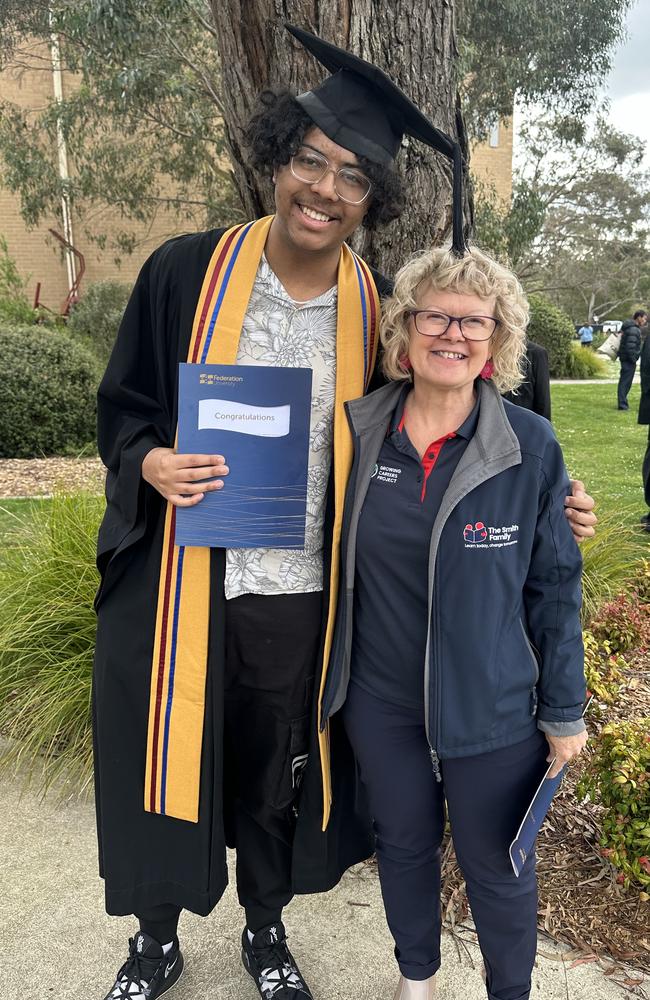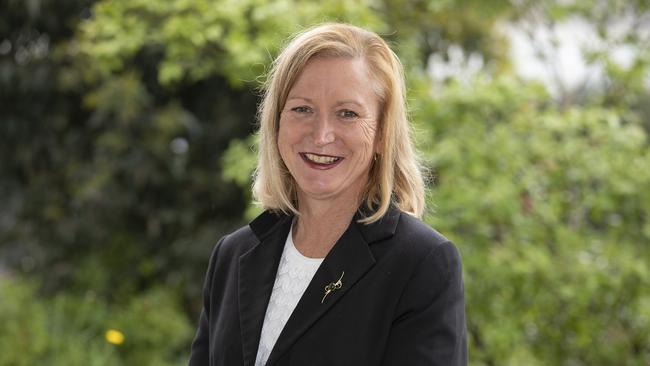‘I saw a lot of students drop out’: The program keeping kids in school
A child’s ability to have a good education should not depend on their family income or circumstances, The Smith Family believes. Their Learning for Life program is helping children experiencing disadvantage, like Jaidyn Shelby, to reach their full potential

Sydney Weekend
Don't miss out on the headlines from Sydney Weekend. Followed categories will be added to My News.
Life wasn’t easy growing up in a low-income household for Jaidyn Shelby, 21, of Ballarat in regional Victoria.
“We definitely had a lot of money struggles. Dad was moving job to job and Mum was a stay-at-home mum raising me and my three younger sisters,” he says.
“We would always have to get second-hand clothes and ask for free books from school and things like that.”
Like many children from disadvantaged backgrounds, Shelby also struggled with his literacy and numeracy.
When he was eight years old, Shelby’s school referred him to The Smith Family’s Learning for Life program.
Over the next 13 years, the children’s education charity that works with 800 schools across Australia, would provide him with financial, mentoring and learning support that would change the trajectory of his life.
“I saw a lot of other students around me drop out of school so they could work,” Shelby says.
“The Smith Family supported me in a time I needed it most … I was able to immerse myself in learning instead of worry about how I was going to afford it.”

After graduating from high school, Shelby completed a Certificate IV in Child, Youth and Family Intervention at Federation University before commencing a teaching degree at Deakin University in Geelong. He is now in his second year of study and getting ready to move to Geelong to cut out the long commutes. After completing his degree, he plans to become a high school physical education teacher.
“I really like working with youth. My dad was a teacher aide and that kind of rubbed off on me. My year 12 co-ordinator was also a really good mentor and Leslee Jackson, The Smith Family co-ordinator who was at my school, has been a wonderful role model too,” he says.
Shelby is one of 67,000 students across Australia being supported by The Smith Family’s Learning for Life program aimed at helping young people experiencing disadvantage to succeed at school, complete year 12 and go on to work, training or further studies.
With more than three million people living in poverty in Australia, including 750,000 children and 1.2 million under the age of 24, The Smith Family chief executive Doug Taylor says the Learning for Life program is needed more than ever before.
With the education gap between students from advantaged backgrounds and disadvantaged backgrounds widening, educational equity is a key focus for the charity group.
“We know that education is one of the building blocks of a great life. It helps young people have more choices in life and opens up new opportunities,” he says.

“Our Learning for Life program is about trying to remove the barriers to young people to make the most of their education. We know that for many young people who live in households that experience disadvantage, often very basic things like access to school excursions, buying school books and buying a school uniform become barriers to them.”
Cost-of-living pressures are also causing more young people in low-income households to leave school early.
“Some families need their children to be working just in terms of financial support, so there are those kinds of pull factors.
“What we see in the data, particularly for young people with disadvantaged backgrounds, is that they’re working in precarious sorts of work, like labour hire or casual work.
“While any person working is great, we want young people to be building a long-term future, and we know that eight to nine out of 10 jobs of the future will require a tertiary education.
“We believe that young people completing school and getting a year 12 or equivalent qualification and transitioning into roles where they’re doing further study that sets them up for the future is very important,” Taylor says.
The Learning for Life program provides wraparound support in three ways including providing financial assistance for education-related expenses, connecting children with a local Smith Family co-ordinator who works with the family and school to encourage long-term participation in education, and arranging access to a range of learning and mentoring programs.
The Grattan Institute’s analysis of the 2022 NAPLAN results in both NSW and Victoria in the Tackling Under-achievement report 2023 shows that students from disadvantaged backgrounds are not performing as well as other students in reading and numeracy. On average, year 9 students from disadvantaged backgrounds are more than four years behind their advantaged peers in reading and five years behind in numeracy.
The Smith Family has been working hard to help more and more children through their Learning for Life program. Seven years ago they were reaching 32,000 young people. That number has now more than doubled and in the next few years they hope to reach 100,000.

Karen Snibson, principal of Phoenix P-12 Community College in Ballarat, has been a member of The Smith Family’s principals’ advisory group for six years. She is passionate about sharing the challenges that children from low socio-economic backgrounds and communities face and working with The Smith Family to help achieve educational equity.
“Kids don’t get to choose their life circumstances. When I’m speaking with our kids, I say ‘There’s no perfect family, there’s just the one that you’re in, and we’re very fortunate to have people around us that love us.’ It’s not a child’s fault if mum and dad are not able to work for whatever reason – and there’s a diversity of reasons why parents aren’t able to work – but they still have a right in my mind, as young Australian citizens, to expect equitable access to education,” she says.
The Learning for Life program tracks school attendance, completion rates and post-school engagement, with 84 per cent of participants engaged in education or employment after graduating.
According to Snibson, The Smith Family’s commitment to evidence-based programs and research sets them apart.
“It’s not that other groups that are trying to get into schools are not well-meaning, but we need to know that there is a solid evidence base for what they’re doing, and that what they’re going to do is going to make a difference to that young person,” she says.
“In recent years, because there was such a shortage in the workforce, there was a belief that kids could leave school in year 10 and life was going to be all right. We know in reality that they’re going to be working probably for another 50 years and at some point they’re going to need to access education and further training to not be earning the minimum wage.”
Alongside Learning for Life, The Smith Family runs a range of programs providing reading interventions, tutoring, work experience and more, reaching a total of 180,000 children and young people.
It relies on community support and donations for 85 per cent of its funding and hopes to reach 250,000 children and young people by 2027.
“The Smith Family does an absolutely wonderful job,” Snibson says.
Originally published as ‘I saw a lot of students drop out’: The program keeping kids in school




